Mughal Emperors and their deputies, the Nawabs, had their own ways of solving problems. The Bara Imambara, for example, was constructed to tackle the onset of one such famine. Built by Nawab Asaf-ud-Daula between the years 1785 and 1791 AD, the main objective behind building it was to provide employment to the people. There are several interesting tales associated with this structure, which is undeniably one of the most beautiful heritage attractions in Lucknow, Uttar Pradesh. According to one of those, common people worked during the day to build up its base, while noblemen and other members of the elite class demolished anything which was built during the night! The purpose behind this was to extend the duration of the work as much as possible, or at least, as long as the famine lasted.
What we call Bara Imambara is a large mosque complex whose main portion is an enormous hall, apart from the Asfi mosque and Baoli. It houses the graves of Nawab Asaf-ud-Daula and his wife Shamsunnisa Begum. Here, Muslims perform their sacred rituals during the Muharram festival, also known as Azadari in the local language. On this day, Muslims mourn the death of Husayn ibn Ali in the battle of Karbala.
As a visitor, you will find many things to admire in the Imambara. However, one particular part of it that will catch your fancy is the Bhool Bhulaiya. It is a labyrinth of interconnected passages and doors which seem to lead into a series of passages. Take care not to venture too deep inside the passageways, though. Stories of people wandering deep into the passageways, never to be found again, are quite common. Some of these passageways lead you into the ceiling from where you can enjoy the spectacular views on the outside. Although most of them have been closed, the safest way of exploring these passageways is through an authorised guide.
There are other attractions inside the mosque complex which promise to keep you engaged throughout the duration of your visit. Other than the Bhool Bhulaiya, there is the stepwell (baoli) and the Asfi mosque that attracts visitors. An interesting fact about the mosque is that it was built without the use of iron by taking the assistance of European experts who were specially called for the purpose.
Architecture
The Bara Imambara is built in the combination of Mughal, Rajput and Gothic architectural styles. Designed by Hafiz Kifayat Ullah, an extremely renowned architect of that time, it is an example of sheer engineering marvel and has no parallel.
Inside the monument, there are 9 halls in all, out of which, the central hall is the largest. It is the ceiling which deserves a special mention. Standing at a height of almost 15m, it is supported without any columns, iron rods, beams or girders. This was done because the central hall was to be used as a place for prayers. It is undoubtedly the largest unarched hall in the world.
The monument itself is built of Lakhauri bricks which are laid in lime mortar. It is adorned with stucco work along with chattris and parapets. The interior matches, perhaps even exceeds, the exterior, in terms of splendour. Chandeliers, alam, tazias have been used in its decoration. The absence of wood or metal is also very impressive. On all fronts, the Bara Imambara reflects perfection and grandeur in its architecture.

Interesting Facts
- The main hall, or the Central Hall of the Bara Imambara, is the largest unarched hall in the world.
- Many interconnected passages of the Bhool Bhulaiya were closed to the general public after some people were reported missing.
- It is believed that there are secret tunnels in the Bara Imambara which lead directly to the Gomti River, Delhi, Faizabad and Allahabad.
Entry Fee
The entry fee for Bara Imambara varies for both domestic and international tourists. For domestic tourists, the entrance fee is 25 INR, while the fee for international tourists is 500 INR.
Best Time to Visit
Bara Imambara is located in Lucknow, in the state of Uttar Pradesh. You can visit it throughout the year, depending on your preferences. During summers, it can get very hot, with the temperature soaring up to 45°C. If hot and dry weather doesn’t bother you, then summer is a perfect time to visit. During winters, though, the weather is cool and pleasant, thus creating the right conditions for exploring the monument. If you enjoy cool weather, then this is the best time to plan a trip to Bara Imambara.
Nearby Tourist Attractions
- Chowk
- Chota Imambara
- Aurangzeb’s Mosque
- British Residency
- Hazratganj
- Hussainabad Clock Tower
- Rumi Darwaza



























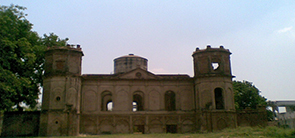

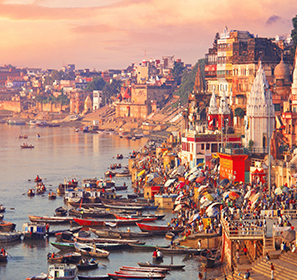
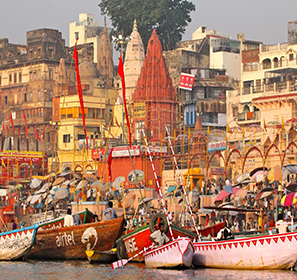
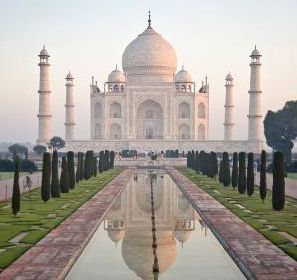
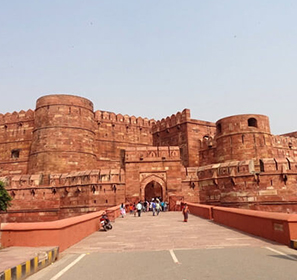
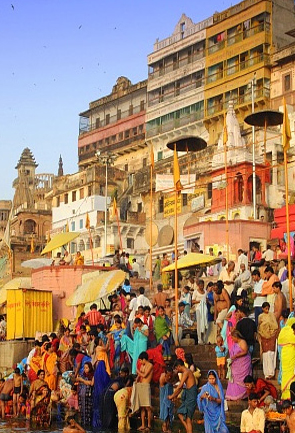



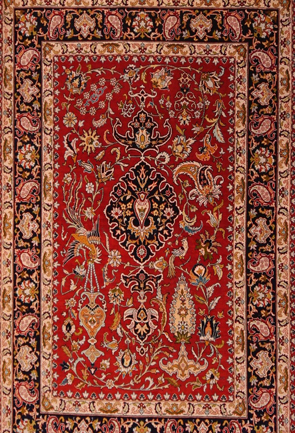
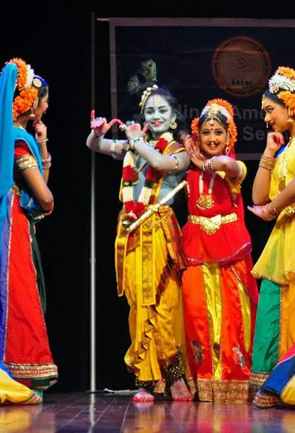
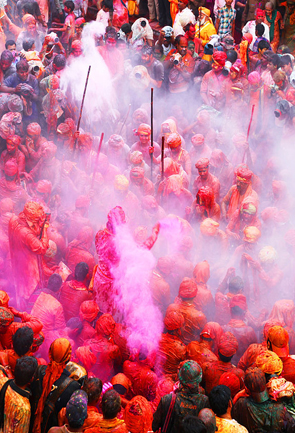


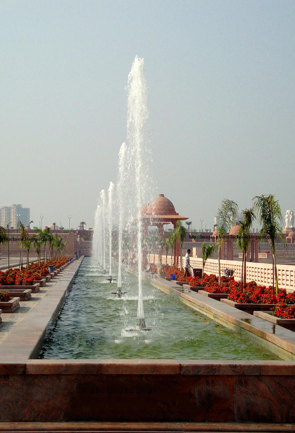

 Plan Trip
Plan Trip Call Us
Call Us Packages
Packages Home
Home